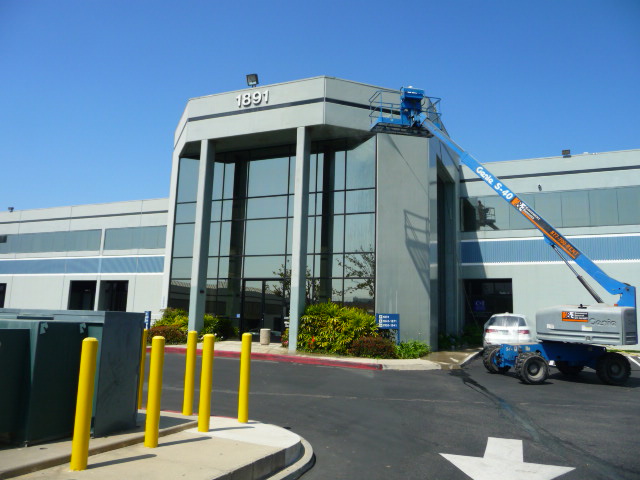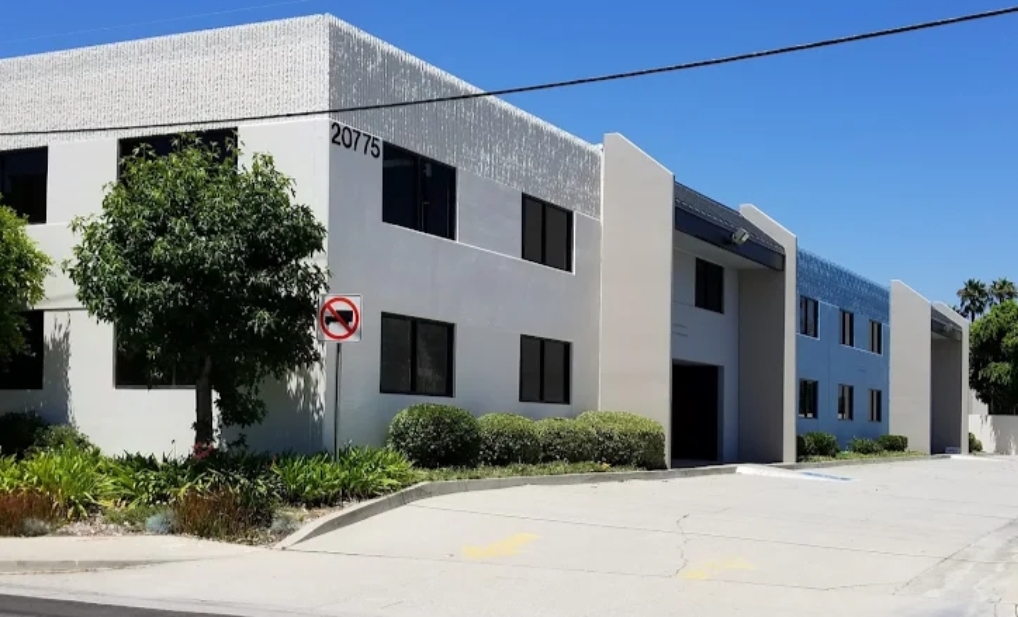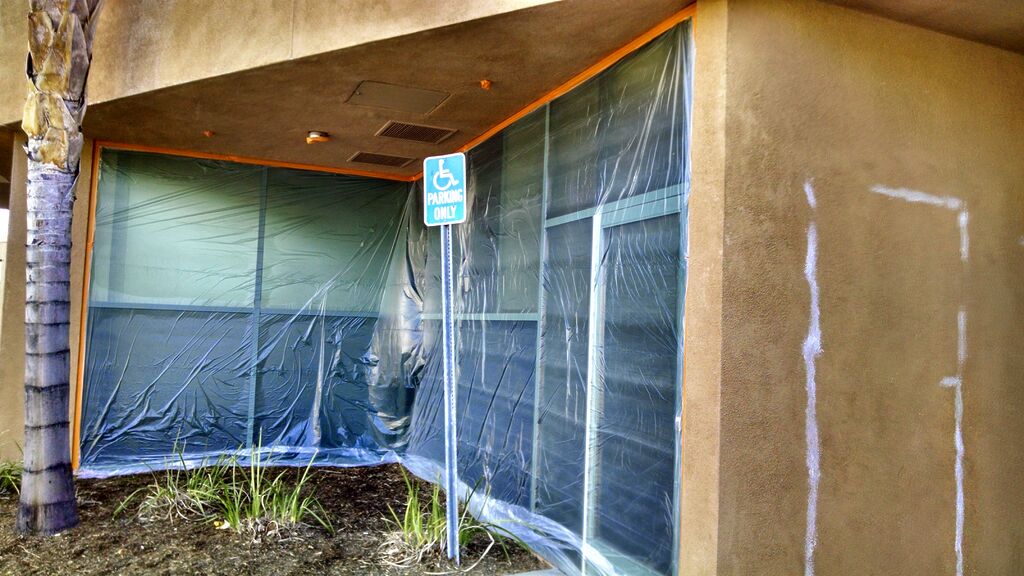
Advanced Commercial Painting Preparation Techniques
When it comes to commercial painting projects, proper preparation plays a pivotal role in achieving outstanding results. Gone are the days when a quick coat of paint would suffice. Today, advanced commercial painting preparation techniques have revolutionized the industry, enabling professionals to enhance durability, aesthetics, and overall project success. In this article, we will explore some of these advanced techniques that have become instrumental in achieving long-lasting and visually appealing commercial paint jobs.
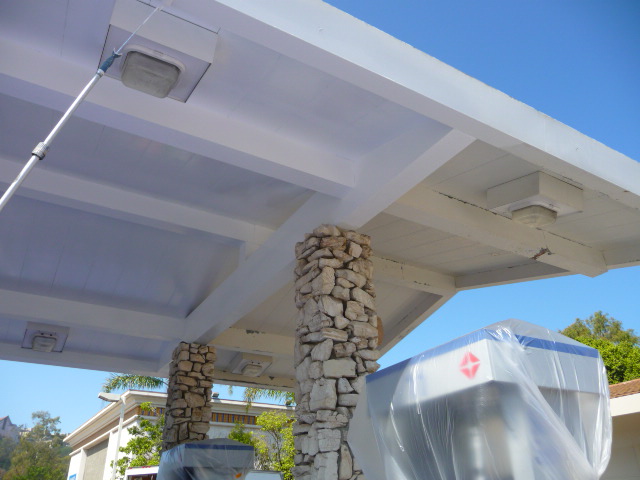

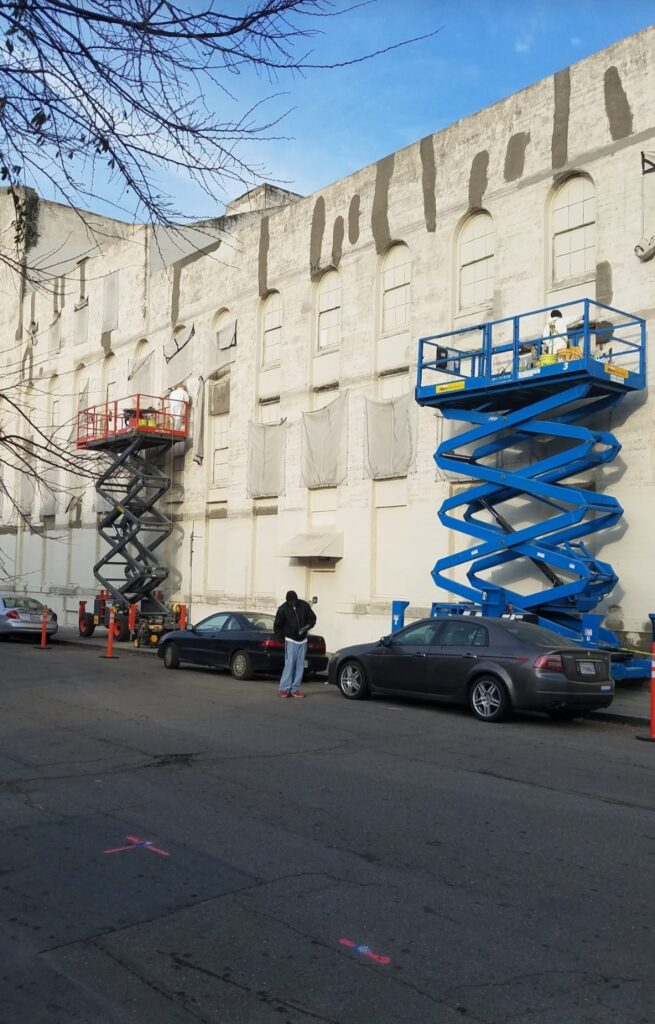

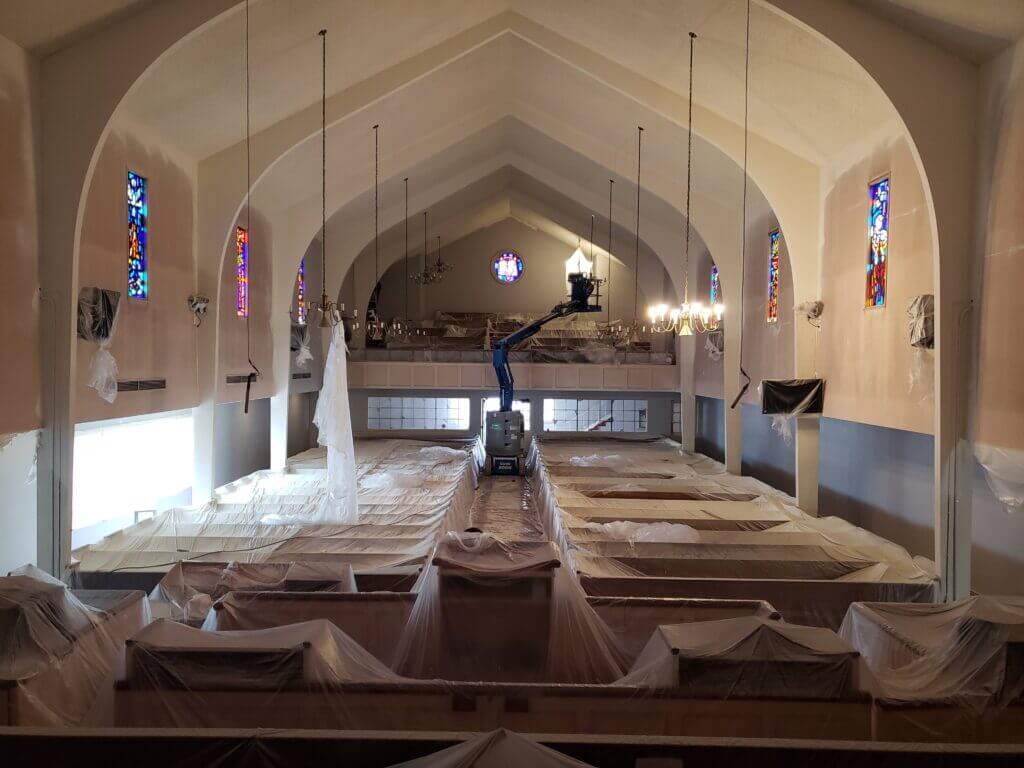

In the realm of commercial painting, advanced preparation techniques have elevated the standards of quality and durability. By conducting thorough surface assessments, utilizing primers and sealants, preventing moisture and rust, making informed color and finish selections, and embracing environmentally friendly practices, professionals can achieve exceptional results. Investing in these advanced techniques not only enhances the aesthetic appeal of commercial spaces but also increases the longevity of the paint job, ultimately providing businesses with a durable and visually pleasing environment.
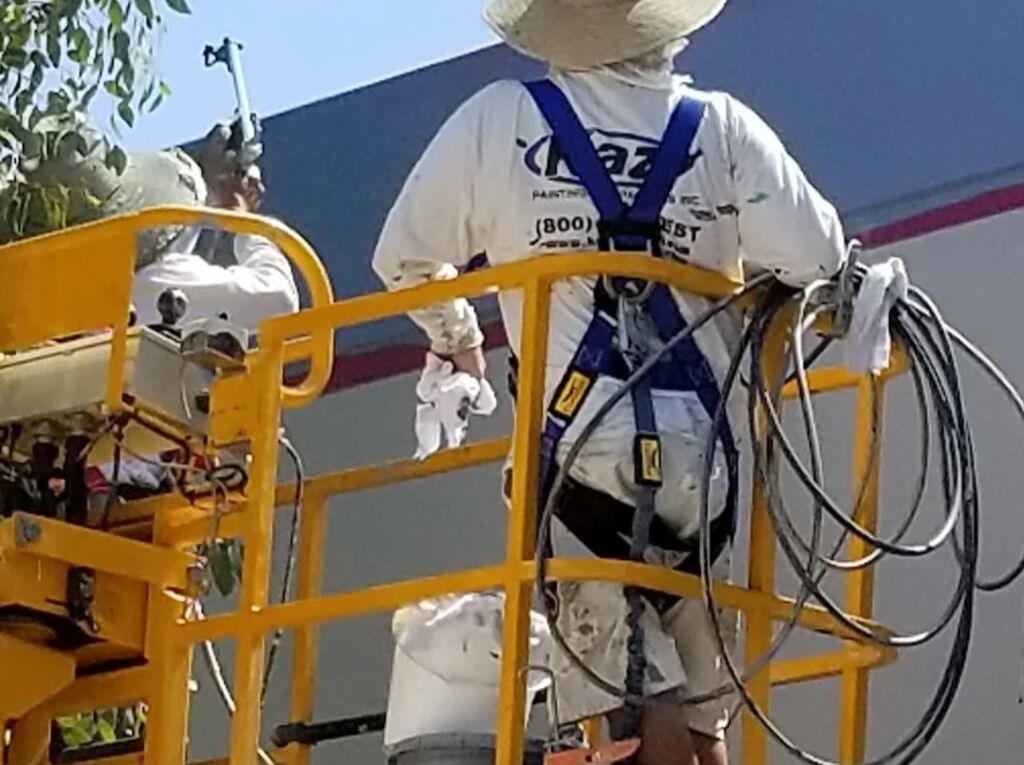
Contact George to schedule a walkthrough of your property.
Read more from George Mantikas: owner, Kaz Painting Contractors, Inc.
Green Painting and the Cost-Saving Benefits
Green Painting and the Cost-Saving Benefits Sustainability is an increasingly vital concern for consumers and a topic building owners can’t ignore. Green…
Understanding the Role of Protective Coatings in Industrial Environments
In industrial environments, the application of protective coatings plays a crucial role in safeguarding equipment, infrastructure, and assets against various…
Top Industrial Painting Techniques for Long-Lasting Results
When it comes to maintaining the integrity and aesthetics of industrial buildings and equipment, high-quality painting and coating solutions are…
Transforming Retail Spaces: Commercial Painting Ideas for Stores and Shopping
Creating a visually appealing and inviting environment is crucial for retail businesses, as it plays a significant role in attracting…
Industrial Coating Applications: Enhancing Equipment Durability with Kaz Painting Contractors,
Industrial equipment forms the backbone of numerous sectors, providing the necessary infrastructure for efficient operations. However, exposure to harsh environments,…
5 Tips for Maintaining Exterior Paint on Commercial Buildings
As the face of your business, maintaining the exterior paint of your commercial building is essential to create a positive…
